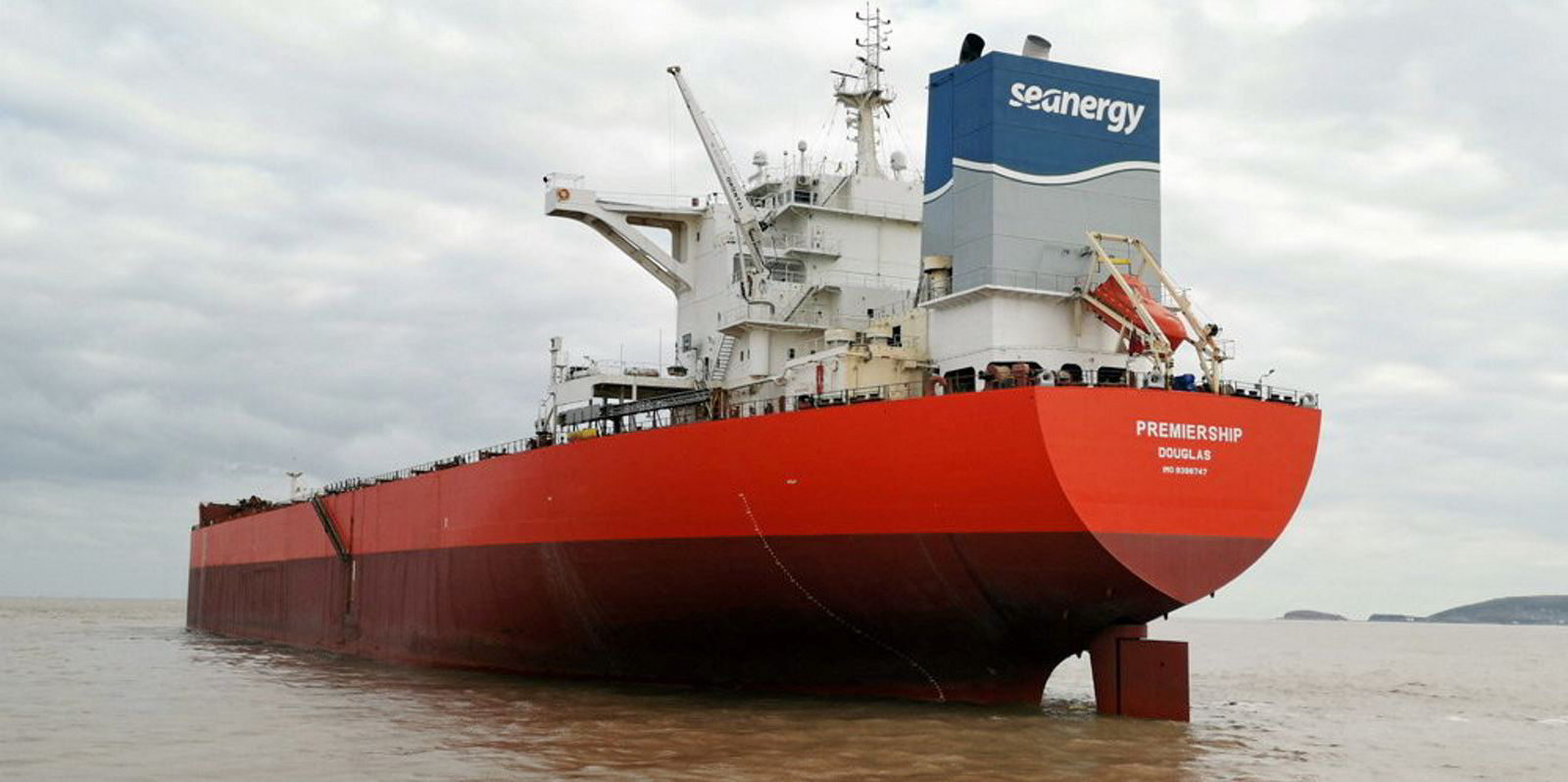This year’s dry bulk market may not go as high as previously projected as the global demand for steel remains weak, according to US investment bank Jefferies.
Average spot rates for capesize bulkers, which ship iron ore to China, have certainly skyrocketed, but the lacklustre ore demand may prevent them from reaching the blistering highs of 2021, analyst Omar Nokta said.
“After a slow start to 2023, dry bulk rates have improved to relatively healthier levels, yet they remain unexciting,” he wrote in a note on Monday.
“The recent upswing appears to be more of a seasonal uplift as opposed to a pronounced market strengthening.”
Average capesize spot rates reached almost $87,000 per day in late October 2021 as a result of pandemic-driven port congestion, but Jefferies does not expect them to near that this year due to weak steel demand.
Jefferies has lowered its 2023 average spot-rate outlook by 12.5% for capesizes to $17,500 per day and by 6.1% for both panamaxes and supramaxes to $15,500 per day.
It still expects eco-design and scrubber-fitted capesizes to earn a $6,000-per-day premium and midsized ships with the same attributes to make over $3,000 more per day.
The Baltic Exchange’s capesize 5TC of spot-rate averages across five key routes has climbed from a low of $2,246 per day on 17 February to a high of $17,500 per day on 14 March before cooling off to $15,483 per day on Monday.
Rio Tinto fixed an unnamed capesize on Monday to carry 170,000 tonnes of iron ore from Dampier, Australia, to Qingdao, China, at $8.80 per tonne after loading the ship from 20 to 22 April.
On 14 February, the Australian miner hired an unnamed capesize to ship the same amount of ore from Port Hedland, Australia, to Qingdao at $6.30 per day after loading the vessel from 1 to 3 March.
The panamax 5TC has more than doubled to $15,517 per day on Monday from $7,302 per day on 17 February, while the supramax 10TC improved 64% to $12,491 per day over the same period.
“We are encouraged by the improvement and expect rates to rise over the next few months,” Nokta wrote.

“However, it is difficult to envision rates averaging near the levels achieved in 2021 due to a more lacklustre global steel demand picture.”
Average rates for panamaxes and supramaxes have also continued to improve as a “trickle-down effect” of higher capesize rates, but Chinese steel profits per tonne need to improve further if rates for all three segments to improve meaningfully over the long term, he said.
Higher steel mill profits needed
Steel mill profits have risen 12.5% over the past four months to $225 per tonne, but they still fall short of the $325-per-tonne average achieved from 2020 to 2022.
“Accordingly, we believe stronger capesize rate potential hinges on Chinese steel profits rising further,” Nokta said.
“Whether Chinese regulators seek to limit steel output this year, as they did during 2021 and 2022, is a headwind, though thus far no limits have been publicly disclosed.”
But other market watchers disagreed with Jefferies’' outlook on dry bulk rates.
“Our view is that the capesize rates will have a sustainable long-term rise that will be driven mostly by the historical low orderbook, enforcement of new regulations, as well as stable demand for raw materials,” Stamatis Tsantanis, chief executive of pure-play capesize owner Seanergy Maritime, told TradeWinds.
John Kartsonas, founder of Breakwave Advisors, said dry bulk rates should improve in the second quarter due to market seasonality and then go even higher as the summer arrives. Breakwave Advisors is an asset management firm that runs a exchange-traded dry bulk fund.
“I am not sure how to distinguish cycles, as dry bulk has always been volatile and it never really stays still,” he said.
“I would not turn negative on dry bulk because we rallied at this stage but at the same time there will take some time to digest recent gains before we move higher.”






